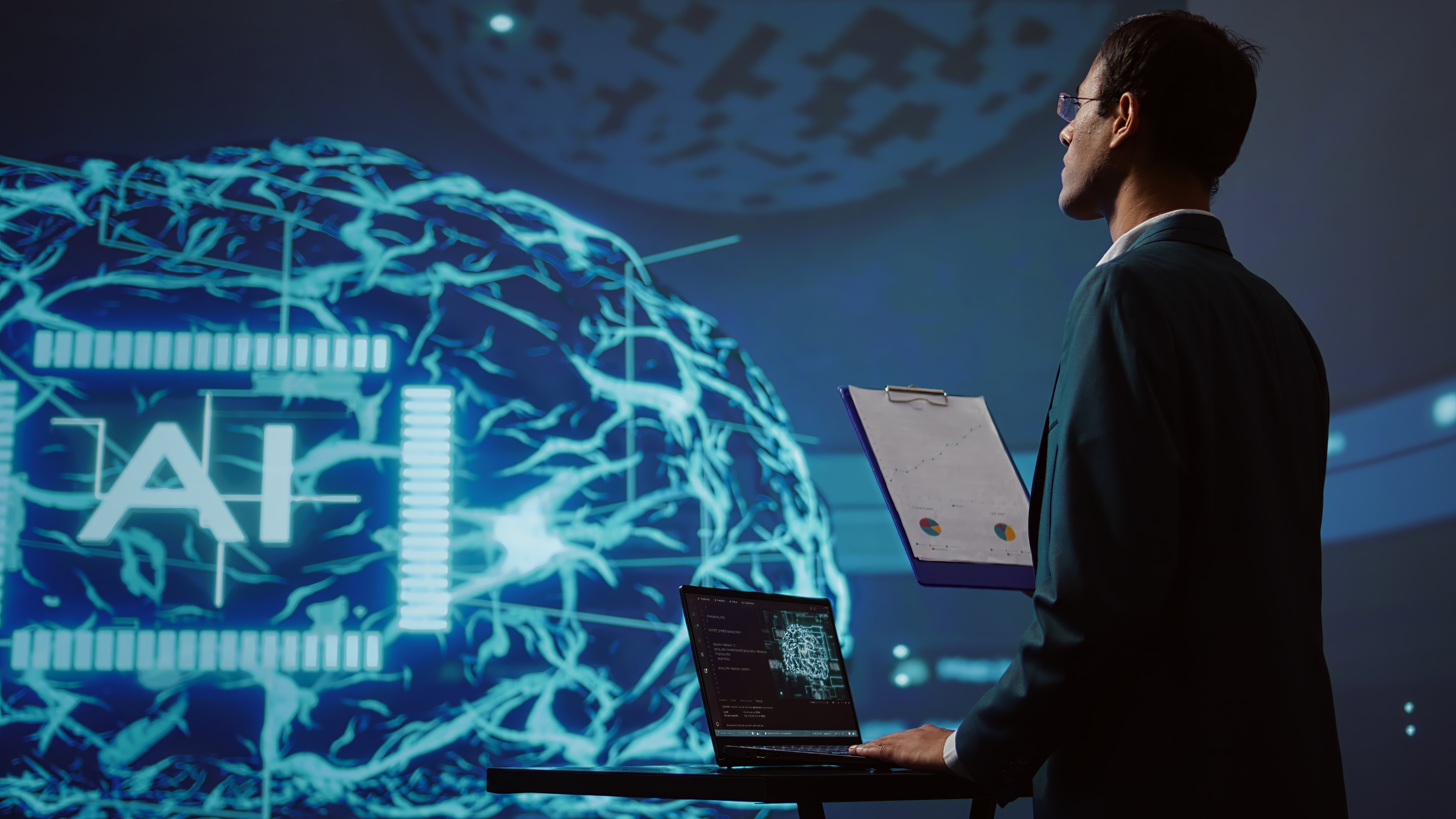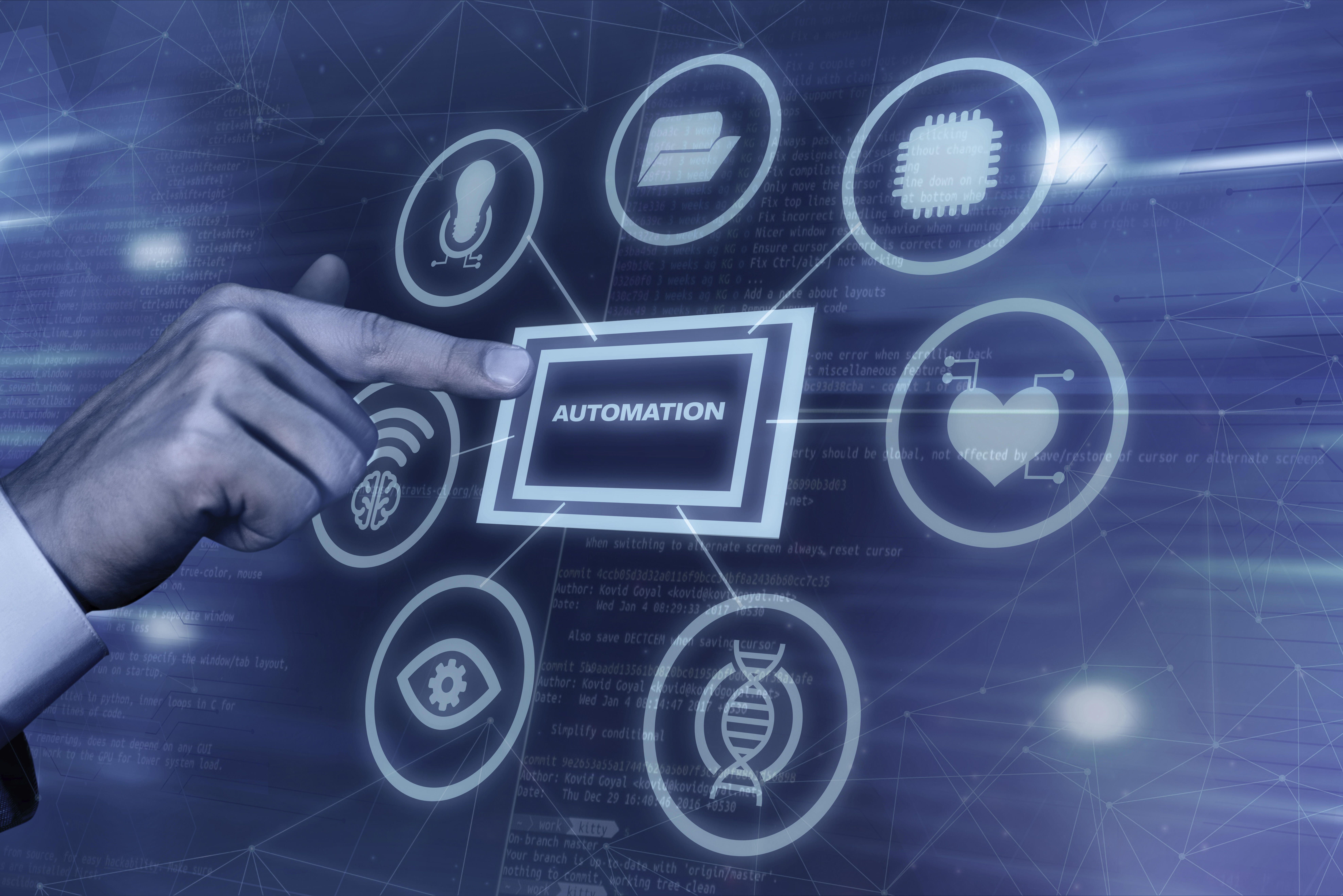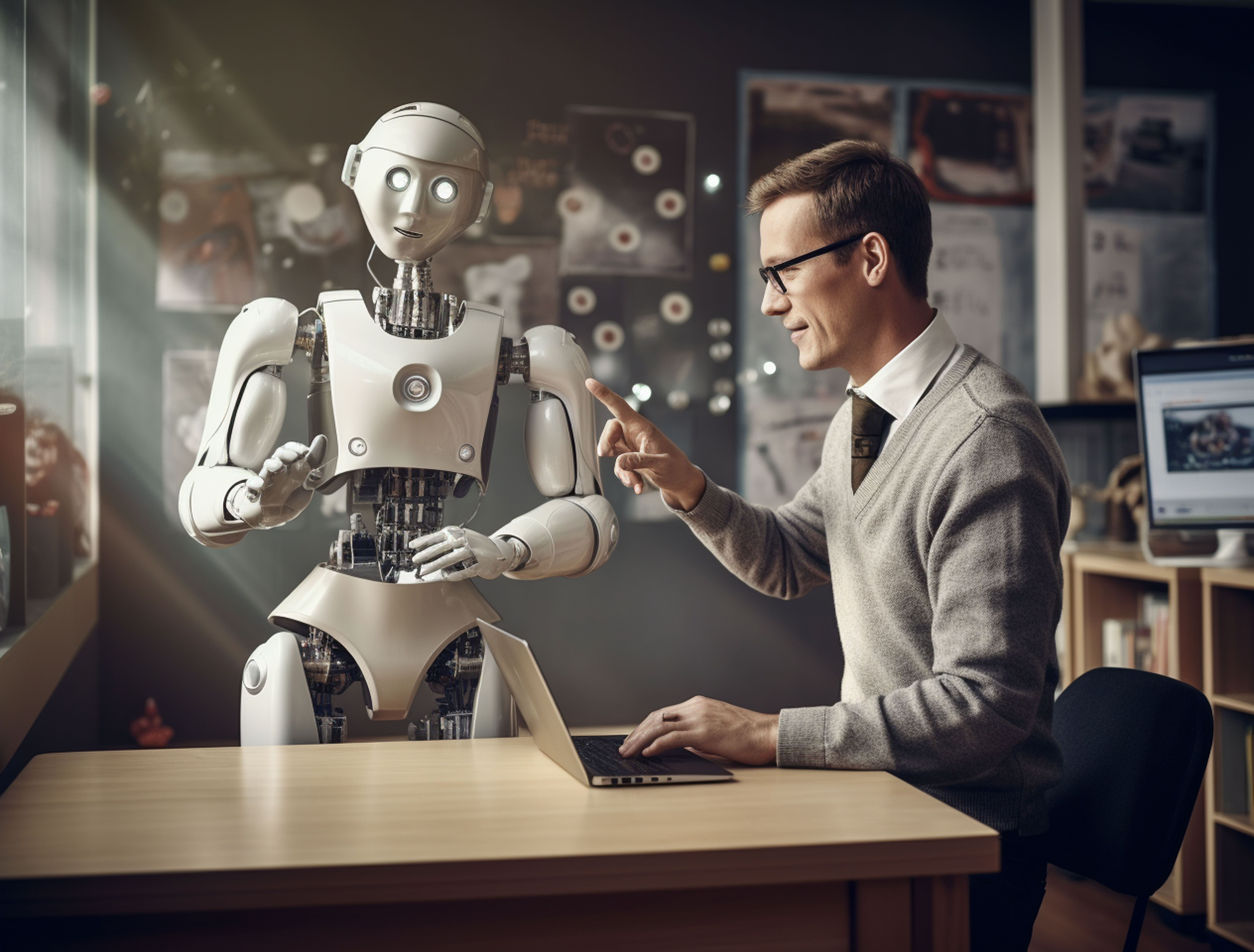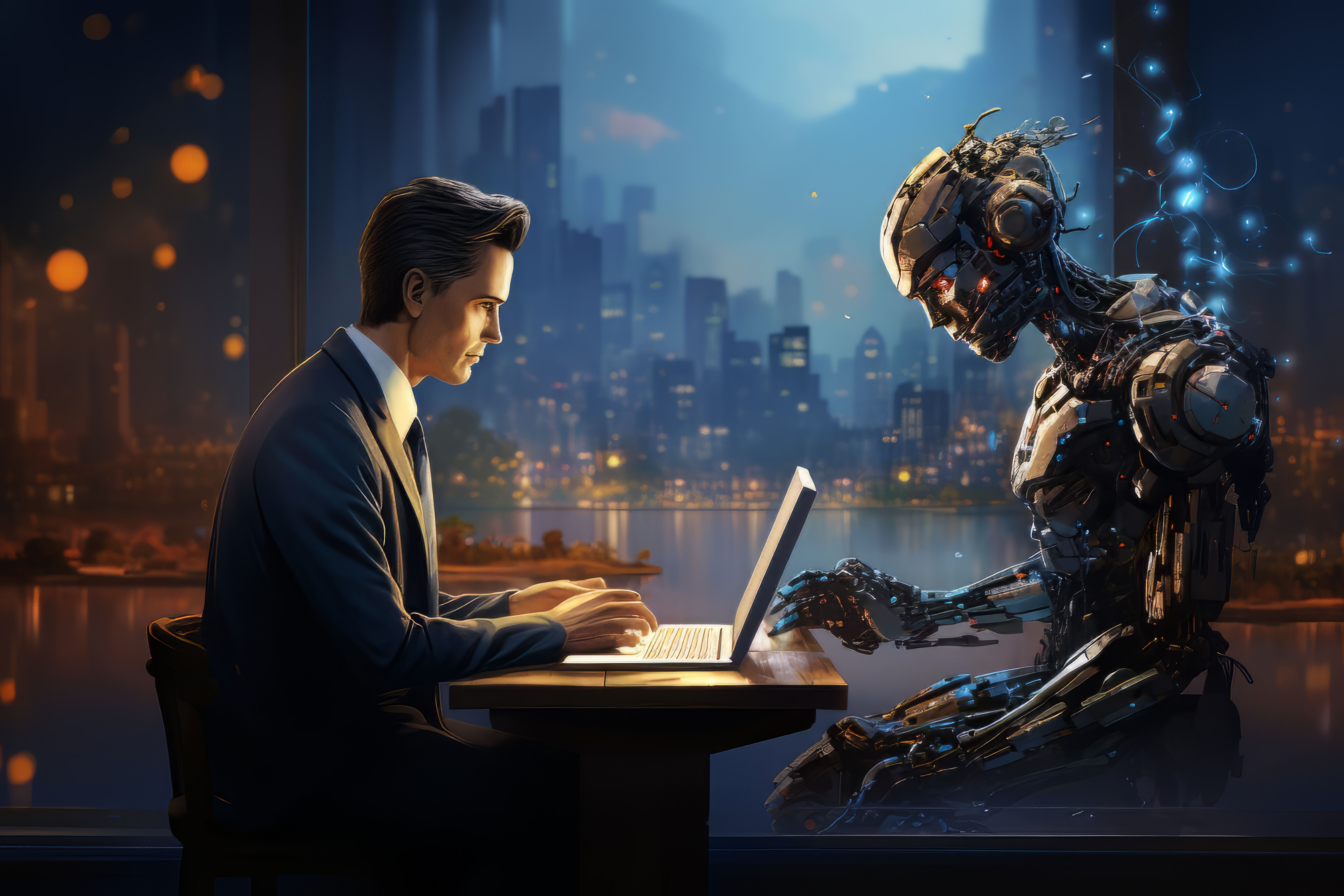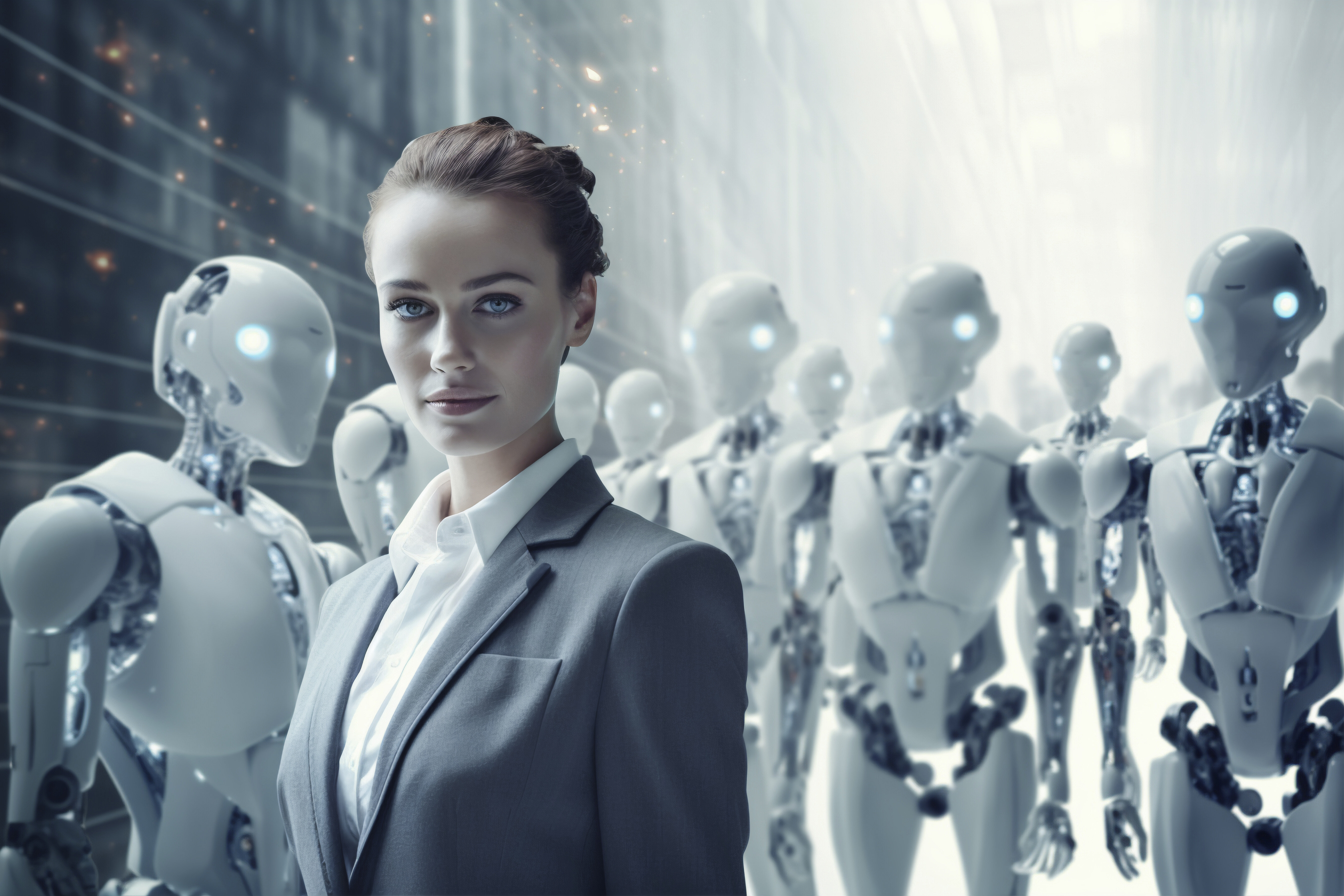What is OpenAI? A Complete Guide to Open AI
What is Open Artificial Intelligence?
Artificial Intelligence (AI) is becoming an essential part of our daily lives, from virtual assistants like Siri and Alexa to personalized recommendations on platforms like Netflix and Amazon. AI systems are designed to analyse data, recognize patterns, and make decisions with minimal human intervention. However, when we talk about Open Artificial Intelligence, it introduces a new layer of accessibility and collaboration to the field.
The idea behind Open Artificial Intelligence is to ensure that the development of AI benefits everyone, not just a select few corporations or governments. By sharing AI tools and knowledge openly, organizations like OpenAI encourage collaboration and innovation from across the globe. This creates a more diverse ecosystem of AI applications, ranging from language models and image generators to ethical research and safety protocols. Moreover, it allows learners, hobbyists, and smaller companies to experiment with cutting-edge technology, accelerating progress and democratizing the benefits of AI.
Understanding the Term "Open Artificial Intelligence"
Open Artificial Intelligence refers to the idea of making AI research, tools, and technology openly accessible to the public. This means that rather than keeping powerful AI models and information behind closed doors or within private companies, open AI promotes transparency, collaboration, and sharing.
It encourages developers, researchers, educators, and learners around the world to access, study, and build on existing AI technologies making it possible for more people to benefit from advancements in the field.
The Idea behind Open AI Research and Development
The core idea behind open AI research is to foster innovation by removing barriers. When AI is developed in an open environment, more people can contribute ideas, test solutions, and fix problems. This speeds up progress and makes the technology safer, more reliable, and more inclusive.
Organizations like OpenAI initially followed this open philosophy, sharing their research and models with the community. Although concerns around safety and misuse have led to more cautious sharing today, the spirit of openness remains important in many AI projects worldwide.
Benefits and Challenges of Open Artificial Intelligence
Benefits include faster innovation, global collaboration, education opportunities, and increased transparency in how AI works. It helps reduce inequality in access to technology. However, challenges include the risk of misuse, ethical concerns, and the difficulty of regulating powerful AI models. If you're wondering what is open ai, it's a leading organization that originally championed these open principles while building some of the most advanced AI tools in the world.
Who Created OpenAI and Why?
OpenAI was born from a bold vision: to ensure that artificial intelligence benefits all of humanity. But who were the minds behind this ambitious mission, and what set their efforts apart from other AI organizations?
Founders of OpenAI
OpenAI was co-founded in December 2015 by a group of well-known tech leaders and entrepreneurs. Among them were Elon Musk (CEO of Tesla and SpaceX), Sam Altman (former president of Y Combinator and now CEO of OpenAI), Greg Brockman, Ilya Sutskever, Wojciech Zaremba, and John Schulman.
These individuals came together with the shared belief that artificial general intelligence (AGI) should not be controlled by just a few powerful corporations or governments. They wanted to create an organization that would prioritize safety, transparency, and open collaboration.
Initial Goals and Motivations
The original goal of OpenAI was to conduct cutting-edge AI research and share the results openly with the world. They believed that by making AI development more transparent and widely accessible, it would reduce risks and lead to more ethical outcomes.
OpenAI started as a non-profit organization, committed to developing safe AI without prioritizing profits. This set them apart from traditional tech companies that often develop AI tools in secrecy for competitive or financial reasons.
How OpenAI Differs from Other AI Options
What truly makes OpenAI unique is its strong focus on AI safety and long-term responsibility. While other companies often race to build the fastest or most powerful systems, OpenAI focuses on careful testing, ethical concerns, and making their tools as beneficial as possible.
When people ask what open ai is, they’re often referring to this careful balance of innovation and responsibility led by a team that believed AI should serve everyone, not just a select few.
What are the Key Projects and Tools Developed by OpenAI?
OpenAI has developed some of the most advanced and widely used AI tools in the world. These tools are designed to help people solve real-world problems, boost creativity, and improve productivity across different fields. Let’s explore some of the key projects that define OpenAI’s work.
GPT Models (GPT-3, GPT-4, GPT-4o)
The GPT (Generative Pre-trained Transformer) models are among OpenAI’s most well-known projects. These AI models can understand and generate human-like text. GPT-3 amazed the world with its ability to write essays, answer questions, and even create stories. GPT-4 and the newer GPT-4o have taken things even further, offering more accurate responses, better reasoning, and the ability to understand both text and images.
ChatGPT and Its Applications
ChatGPT is a Chabot powered by the GPT models. It allows users to have natural conversations with AI, ask questions, get help with homework, and write content, brainstorm ideas, and more. It’s widely used in education, business, customer service, and even personal development.
DALL·E for Image Generation
DALL·E is an AI model that creates images from text descriptions. You can type something like “a futuristic city on Mars at sunset,” and DALL·E will generate a unique image based on your words. It’s popular among artists, designers, and creators.
Codex and AI for Coding
Codex helps people write code using natural language. It powers tools like GitHub Copilot, which assists developers by suggesting code and explaining complex functions.
Other Tools and Research Areas
OpenAI also explores robotics, reinforcement learning, and AI safety research. These efforts aim to make sure AI systems can safely interact with the real world. If you're exploring what is open ai, these tools are perfect examples of how OpenAI is shaping the future of artificial intelligence.
How Does OpenAI Work?
OpenAI builds powerful AI systems designed to understand, reason, and generate human-like content. But how does it all actually work? Let’s break it down in simple terms so you can better understand what makes OpenAI’s tools so advanced and so useful.
How Language Models like GPT Work (In Simple Terms)
At the heart of OpenAI’s tools are language models like GPT (Generative Pre-trained Transformer). These models are trained to predict the next word in a sentence. They do this by studying patterns in massive amounts of text from books, websites, and articles.
Imagine reading millions of books and learning how sentences are formed that’s what GPT does during training. Once trained, it can answer questions, write stories, explain concepts, translate languages, and even chat like a human.
What Powers OpenAI’s Tools Data, Training, and Algorithms
To create these AI tools, OpenAI uses:
- Data: Billions of words and sentences from diverse sources.
- Training: Supercomputers run advanced calculations to help the AI learn language patterns.
- Algorithms: Special mathematical formulas guide the model on how to learn from data.
This combination allows OpenAI’s systems to “understand” context, grammar, tone, and meaning though it doesn’t truly think or feel like a human.
Ethical Considerations and Safety Measures
OpenAI is aware of the risks that come with powerful AI. That’s why they’ve built safety features to prevent harmful or misleading outputs. These include:
- Content filters
- Human feedback in training
- Guidelines to avoid bias, misinformation, and unsafe use
For those asking what is open ai, understanding how it works and how it’s kept safe is key to appreciating its role in today’s AI landscape.
What is OpenAI Used For?
OpenAI’s tools are not just advanced they’re incredibly useful in real life. From classrooms and hospitals to marketing teams and software development, OpenAI is helping people solve problems, boost creativity, and work more efficiently.
Real-World Applications of OpenAI Tools
OpenAI’s models are designed to understand and generate human-like language, which opens the door to many practical uses. These tools can:
- Answer complex questions
- Write and edit content
- Generate code
- Create images from text
- Translate languages
- Summarize long documents
Because of this flexibility, OpenAI is being used in a wide range of real-world scenarios.
How Businesses, Students, Developers, and Creators Use OpenAI
- Businesses use OpenAI to write emails, automate customer service, create marketing copy, and analyse data.
- Students use it to understand difficult topics, get writing help, and explore new ideas.
- Developers rely on OpenAI tools like Codex and GPT to generate code, fix bugs, and build software faster.
- Creators and designers use tools like DALL·E to bring their imagination to life with AI-generated art and visuals.
These tools are easy to use and accessible online, making them popular for users of all skill levels.
Examples from Key Industries
Here’s how OpenAI is making a difference across sectors:
- Education: AI tutors and writing support
- Healthcare: Assisting with medical research summaries
- Marketing: Generating ad copy and content ideas
- Software Development: Writing code and automating testing
If you’re wondering what is open ai, just look at how it’s empowering people across so many fields to do more, faster and often better.
How to Get Started with OpenAI?
Whether you’re a curious learner, a creative professional, or a developer looking to build with AI, getting started with OpenAI is easier than you might think. In this section, we’ll walk you through how to access its tools, explore free options, and begin experimenting with artificial intelligence.
Accessing ChatGPT and Other Tools
The easiest way to explore OpenAI is by using ChatGPT a conversational AI tool powered by the latest GPT models. You can access it by visiting chat.openai.com and signing up for a free account. Once logged in, you can chat with the AI, ask questions, write content, and more.
Other tools like DALL·E (for image generation) and Whisper (for speech recognition) are also available directly through the OpenAI platform or via integrations with apps like Microsoft Word, Excel, and GitHub.
Pricing and Free Options
OpenAI offers a free tier for ChatGPT, which includes access to GPT-3.5. For those who need more advanced features or the latest models like GPT-4, there’s a ChatGPT Plus plan with a monthly subscription fee.
Many developers also use OpenAI’s APIs, which are pay-as-you-go and suitable for building apps or conducting research. Free trial credits are often available for new users.
How Can Learners and Developers Start Experimenting?
- Students and learners can explore ChatGPT to improve writing, learn languages, or study complex topics.
- Developers can sign up for API access at platform.openai.com to build apps or test AI features.
- Educators can use OpenAI tools to create engaging lessons and simplify teaching tasks.
If you're exploring what is open ai, diving in and trying these tools first-hand is the best way to truly understand its power and potential.
OpenAI vs. Other AI Platforms
OpenAI is one of the leading players in the field of artificial intelligence, but it's not the only one. Other major platforms like Google Deep Mind, Meta AI, and Anthropic are also developing cutting-edge AI technologies. So, how does OpenAI compare, and what sets it apart?
Comparing OpenAI with Google Deep Mind, Meta AI, and Anthropic
- Google Deep Mind is known for developing Alpha Go and Alpha Fold AI models that solve scientific and strategic problems. It’s focused heavily on research and health-related AI.
- Meta AI (by Facebook's parent company) emphasizes open-source AI tools, including large language models like LLaMA, and applications in social platforms.
- Anthropic is a newer company focused on creating "aligned" AI safe, controllable systems. It was started by former OpenAI employees with a strong emphasis on ethical development.
Each platform brings a different strength: Deep Mind focuses on science, Meta on social AI and openness, Anthropic on safety, and OpenAI on usability and human-AI interaction.
What Makes OpenAI Unique?
OpenAI stands out because of its focus on making AI tools accessible to the public. Tools like ChatGPT, DALL·E, and Codex are easy to use, widely available, and designed for real-world applications. OpenAI also puts significant effort into safety, education, and human feedback.
Pros and Cons of OpenAI for Learners and Professionals
Pros:
- Easy to access and use
- Strong support for creative, coding, and learning tasks
- Actively considers ethics and safety
Cons:
- Some tools are behind a pay wall (e.g., GPT-4)
- Less open-source than some competitors
When people ask what open ai is, it’s important to see it not just as a company, but as a platform focused on making powerful AI useful and safe for everyone.
The Future of Open Artificial Intelligence
Artificial intelligence is evolving fast, and OpenAI is at the centre of that transformation. But what’s coming next? What does the future hold for AI, and how will it impact how we learn, work, and create? Let’s explore what lies ahead in the world of open artificial intelligence.
OpenAI’s Roadmap
OpenAI is continuing to push the boundaries of what AI can do. Its focus moving forward includes:
- Building more powerful and general models, like future versions of GPT
- Improving safety and alignment, ensuring AI behaves ethically and responsibly
- Expanding multimodal capabilities, where models can understand and respond to text, images, audio, and more
OpenAI is also working to make its tools more useful across industries while making access fair and responsible.
What’s next in AI from OpenAI?
We can expect more human-like and versatile AI tools. These will likely:
- Understand context more deeply
- Respond with greater emotional intelligence
- Handle complex tasks like reasoning, memory, and planning
AI may become a true assistant not just for professionals, but for everyday users, helping with anything from homework to business strategies.
How OpenAI May Shape the Future of Learning, Work, and Creativity
OpenAI is already transforming education, creativity, and the workplace. In the future:
- Learning will become more personalized and interactive
- Work will involve more collaboration between humans and AI
- Creativity will be enhanced by AI-generated ideas, art, music, and more
For those asking what is open artificial intelligence, the future promises systems that are more open, ethical, and supportive designed to uplift people across every corner of life.
Conclusion: What are OpenAI and Why It Matters?
As we’ve explored, OpenAI is a ground-breaking organization leading artificial intelligence development. It creates powerful, accessible AI tools aimed at benefiting everyone. Notable projects include ChatGPT for conversations, DALL·E for image generation, and Codex for code. If you’ve ever wondered what open ai is, it refers to this approach creating advanced AI that’s widely usable. These tools are powered by vast data and algorithms, enabling human-like understanding. OpenAI is central to what is open artificial intelligence, which promotes transparency and shared progress. So, what is open-ai? It's a movement and a mission to make AI useful, ethical, and available to all.




